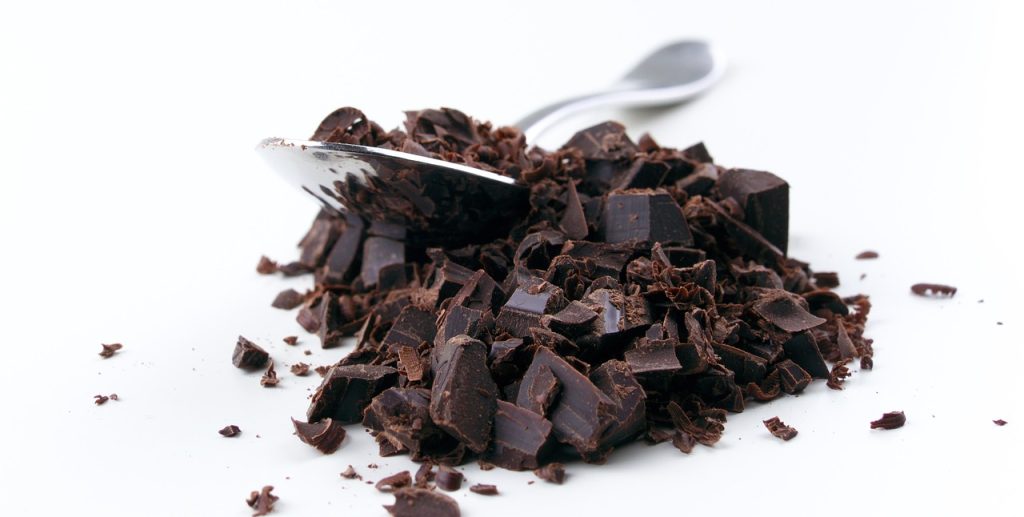All fields are required
Posted in Food Safety,Our Blog on September 8, 2024

Recent news of high levels of lead in Cocoa Puffs cereal, a popular brand often advertised during children’s programing, spotlights concerns over the safety of children’s breakfast cereal.
How has this gone unchecked? How much lead are we talking about? What are the potential impacts on those, especially children, who consume this product regularly? And how exactly is the cereal becoming contaminated.
Let’s explore!
Cocoa Puffs isn’t necessarily the healthiest option in the cereal aisle – containing 12g of sugar per serving. And let’s face it. Who actually measures out 1 cup of cereal?
However, the front facing packaging would make you think otherwise.
2X Vitamin D!
Good Source of Calcium!
16g Whole Grains per Serving!
With 12 Vitamins and Minerals!
Sounds great, right. Who wouldn’t want a bowl of chocolaty goodness if it was also healthy. It’s a great compromise for parents of picking eating children to get those grains and vitamins in their growing bodies.
For those looking for allergens and safety warnings, the nutritional panel explains that the product “MAY CONTAIN WHEAT INGREDIENTS.”
That’s fair. It is a whole grain product.
It is, however, missing another key warning.
“CONTAINS LEAD”
That label is curiously missing from the package, despite reports indicating that a one cup serving of this breakfast cereal contains just under California’s maximum limit for lead (0.5 micrograms).
If you pour with your heart (or your stomach), this amount is likely much higher.
A half of a microgram doesn’t seem like much. But how much lead is too much lead?
According to the Centers for Disease Control and Prevention (CDC), when it comes to children, there is “no safe level of lead.”
Even low levels of lead have been shown to have effects on a child’s learning capacity, ability to pay attention, and academic achievement. These things have both acute and long-term consequences for the developing human. In fact, according to the CDC, “some effects of exposure to lead can be permanent.”
Many children exposed to lead may not have obvious symptoms. It doesn’t necessarily cause a tummy ache, lethargy, or other signs that would prompt an immediate trip to the doctor or emergency room.
Lead exposure isn’t great for any body of any age. But children are more at risk for significant issues from lead exposure.
This is because their young bodies are still developing physically and mentally. Their growing bodies metabolize and take in more lead, creating more serious effects.
It is this significant point that has prompted lawsuits.
The greater impact on children, paired with a product marketed to children.
If just being a chocolate cereal wasn’t enough to get kids begging their parents in the cereal aisle for a box of Cocoa Puffs, marketing campaigns aimed at children is the icing on the cinnamon roll.
Not only is the cereal’s mascot, a quirky and funny Cuckoo Bird named Sonny, designed to attract children’s attention. But the lead-ladened cereal has long been advertised during children’s programing.
Concerns of existing long-term exposure and potential serious harm to the children that consume it have prompted several lawsuits against General Mills.
Missing warning labels, marketing toward children, and the fact that other chocolate cereal manufacturers are able to make a safer product, are the primary stances of the lawsuits.
But this isn’t the first time General Mills has had a legal issue this year.
General Mills was accused of selling another cereal product with toxic substances and had two suits brought against the cereal giant earlier this year.
Reports alleged high levels of pesticides in General Mills’ Cheerios cereals.
While those class-action lawsuits were dropped shortly after they were filed, many grain manufacturers and companies that use those products are under close scrutiny on the subject.
Lead, however, has been a major area of concern in those using chocolate ingredients.
But where exactly does lead come from? And why is chocolate at higher risk?
A paper published in Environmental Health Perspectives explores that question.
Why do manufactured cocoa products often have higher lead concentrations than other foods, despite cocoa beans having some of the lowest reported lead levels for any natural food?
Puzzling indeed.
Studies have shown that cocoa bean shells are remarkably effective at removing lead from solutions. While intact on the growing cocoa bean, this phenomenon helps protect the bean inside.
Unfortunately, lead contained within the shell may contaminate the cocoa beans during processing. While fermenting or drying cocoa pods, the beans may become contaminated by the shells.
The cocoa bean itself doesn’t appear to be the problem. Data from both cocoa beans prior to processing and finished cocoa products led investigators to conclude that, “most of the contamination occurred after the cocoa left the farm stage.”
While researchers concluded that the cocoa bean shells may be one source of lead, other contamination occurs during shipping or processing and in the manufacturing processes. More research on those stages was suggested to help isolate the source of lead contamination in chocolate products.
Has your child been impacted by lead in Cocoa Puffs cereal? Regular consumption of products unknowingly containing lead can cause significant blood lead levels and affect many parts of the growing body.
An experienced Lead Poisoning Lawyer can help point you in the right direction for getting the appropriate diagnostic tests to confirm your situation. They can answer the questions you have, and even those you don’t yet know to ask.
If you wish to file a legal complaint for financial compensation, The Lange Law Firm, PLLC can help. Our talented team has helped many families with situations just like yours recover millions of dollars in product contamination and product liability lawsuits.
Call (833) 330-3663 or send an email for your free, no obligation, consultation.
By: Heather Van Tassell (contributing writer, non-lawyer)